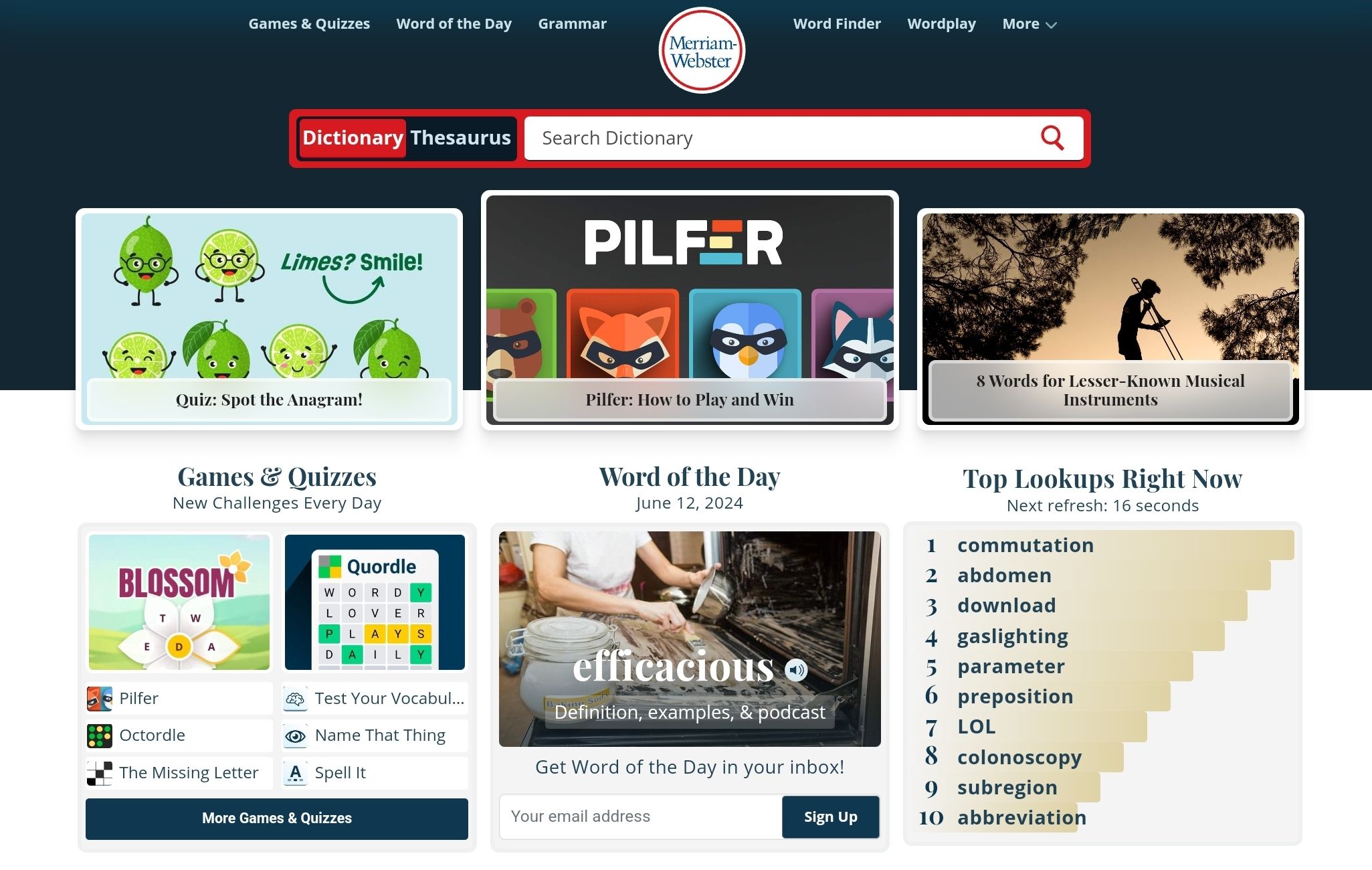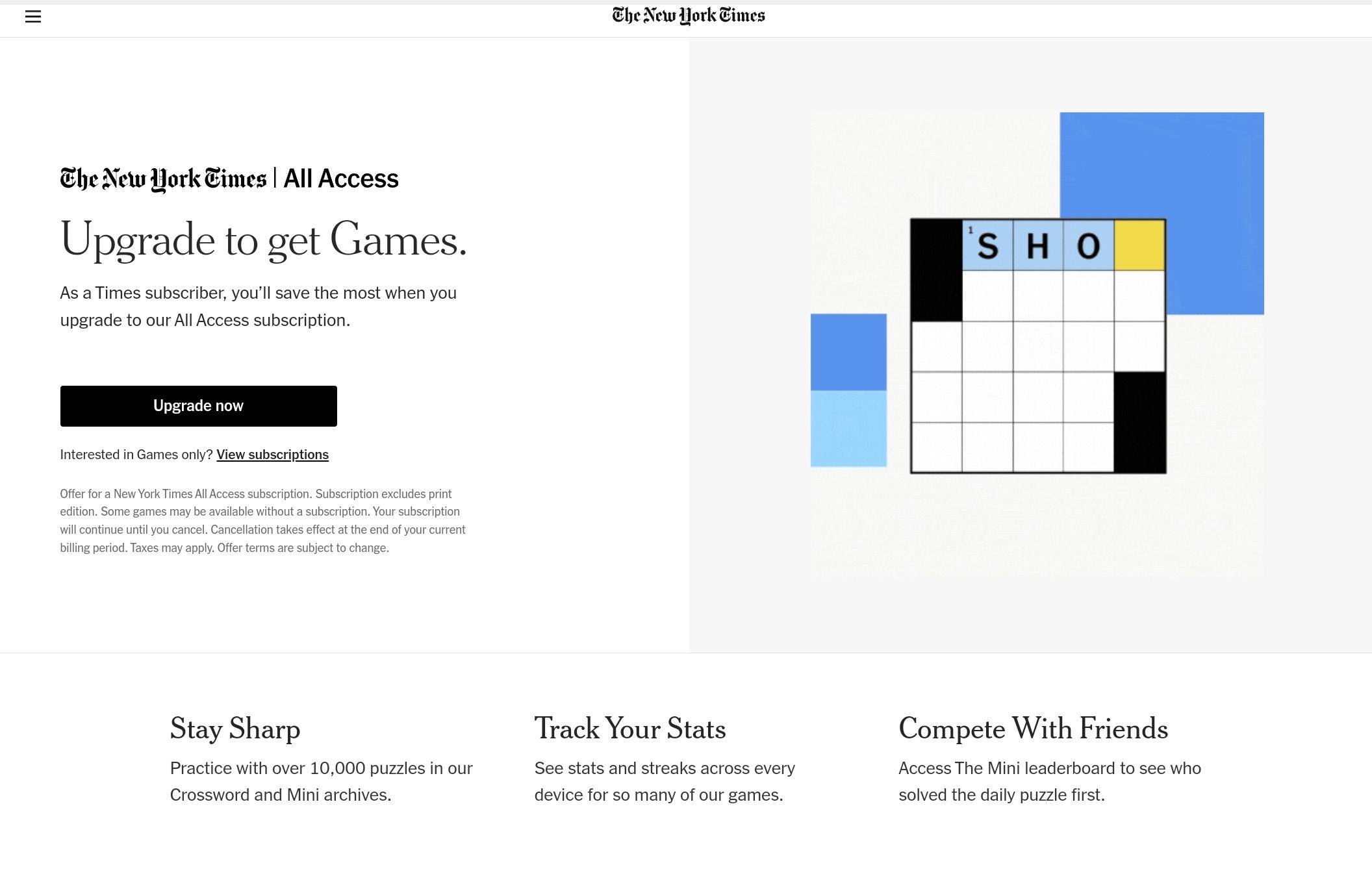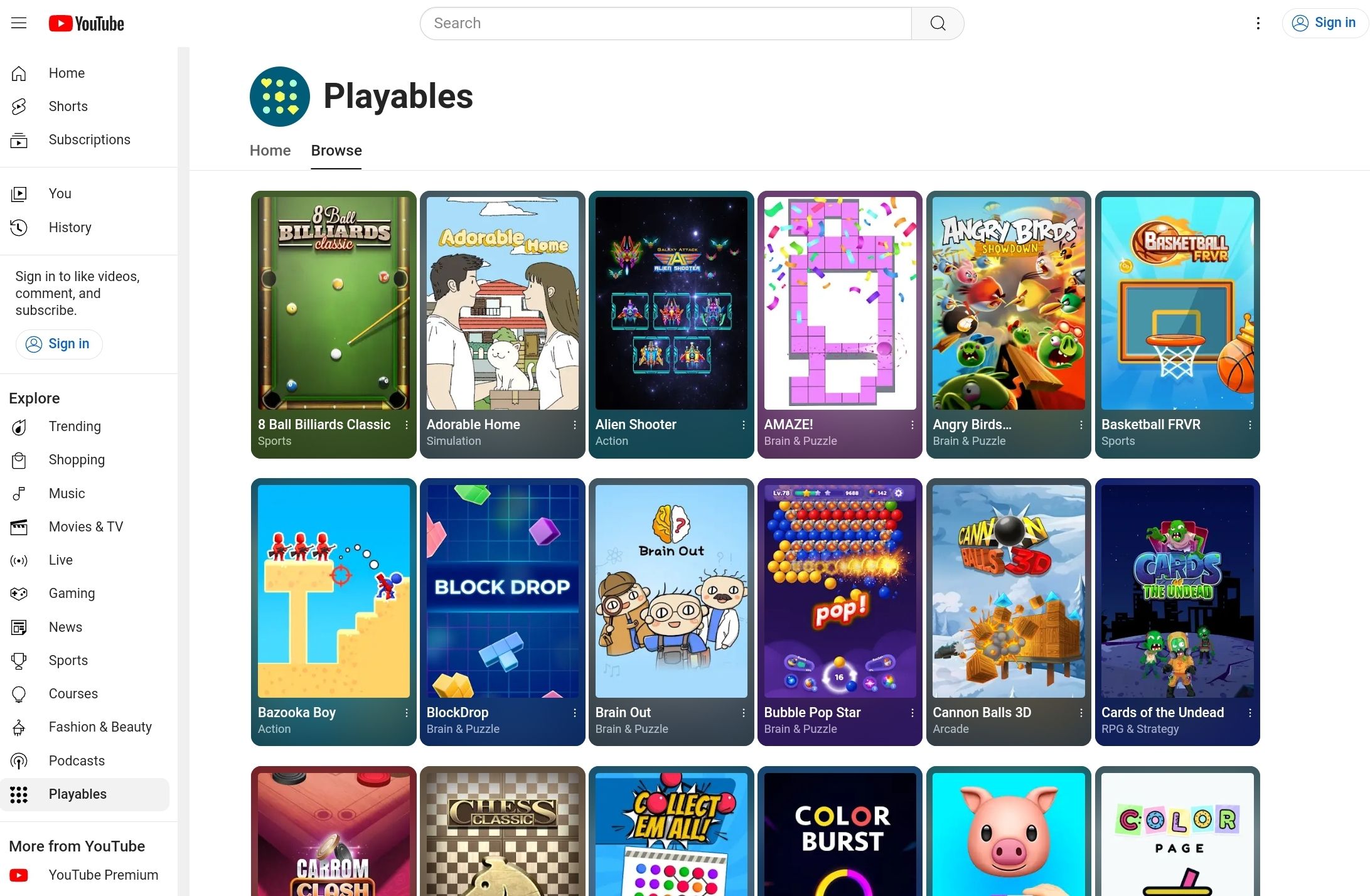Key Takeaways
- Ad revenue and search traffic are declining, leading websites and media companies scrambling to find new monetization methods.
- Games attract visitors to websites and apps, with some returning the next day and the next.
- Games can serve as a way to make an existing subscription compelling to a broader range of people.
Did you know The New York Times has become one of the most popular game publishers? They’re not alone–everyone’s baking games into their services now. You can play games on YouTube, Netflix, and even LinkedIn. We go to these sites for news and videos. Why are they serving up games?
Ad Revenue and Search Traffic Are Dropping
There was once a time when you could make a profitable website by selling banner ads directly to companies, like in the days of physical newspapers. There was also a time when you received meaningful web traffic from a diverse set of search engines.
Now, the web is dominated by Google. Most ad-supported websites use Google Ads. Most web traffic comes through Google Search. You could make the case, as the Vergecast does, that websites are content providers on the platform that is Google Search. Sure, anyone can make a website, but it won’t generate any money unless Google points enough people toward it.
With AI entering search results or supplanting search altogether, along with unpredictable algorithm changes, many sites are seeing their web traffic plummet and their ad revenue shrink. That creates a need to find more ways to attract people that isn’t so dependent on one outside company steering folks their way.
Games Bring In More Visitors
Games get us to visit a website or open an app out of habit. Sometimes, it’s part of our morning routine. Maybe they help us unwind after work. Some are simple enough that they’re how we idle away any moment when we feel the slightest unease. And they do this without us needing to open up a search engine except, perhaps, for the very first time we discover them.
How often do you go to a dictionary’s website in order to look up a word anymore? Yeah, that feels about as strange now as pulling out an actual dictionary. That’s probably why if you head to Merriam-Webster’s website, you will see games directly on the homepage. Merriam-Webster and Britannica alike are among the sites offering word games similar to Wordle in hopes of bringing in regular visitors.
Compared to other streaming platforms, you can make the case that YouTube doesn’t need more content. An unfathomable amount gets uploaded every second. On the flip side, we aren’t necessarily coming to YouTube for its back catalog. Sure, music videos and game trailers will bring us back every now and then, but old influencer videos don’t age as well as Game of Thrones or How I Met Your Mother. Enter YouTube Playables, games that you can play on YouTube.
YouTube is particularly well setup to capitalize on gaming. It doesn’t need to sell you anything. That’s not its business model (though YouTube Premium is a pretty good value). Games only need to get you to the site long enough to serve you ads or, even better, recommend a video that catches your attention for even longer so that you watch its ads as well. YouTube just needs games to bring you to the site. It can handle the rest from there.
I wouldn’t be surprised if games like Wordle and Connections bring more people to the New York Times each day than headlines do. Many visitors have no interest in whatever the paper is currently reporting. Games bring in a different audience, and some of the newcomers might start reading now that they’re on the site. If you don’t find the Times’ coverage enough to justify jumping over the paywall, a few addictive games might be enough to change your mind. Even if people only visit the New York Times for the games, the company has gained subscribers.
This is the same mentality driving Netflix’s game push. The company has brought over many of the best games currently available on mobile, and they’re only available to people with a subscription. These games include Kentucky Route Zero, Oxenfree, and (Netflix’s first iOS exclusive) Hades. While these are available as native games, Netflix has also gotten into cloud game streaming.
It’s the games that enticed me back to Netflix, personally. I wanted to try several of their titles since I’m a sucker for narrative-driven adventure games. Once I was back in, I noticed there were quite a few shows and movies that my family and I actually wanted to watch. I love Midnight Diner. My wife can’t get enough of Heartstopper. My kids can watch Blippi without being exposed to YouTube Kids. Now, my family is more likely to cancel some of our other subscriptions before we cancel Netflix.
Games Keep Us Coming Back
Games have a stickiness to them. A must-see TV show might get you to subscribe for a month or two. Once you finish all the seasons, unless something else jumps out at you, you’re free to cancel. Games, especially puzzle games, can have more longevity. There’s no such thing as completing all the crosswords. Come back tomorrow, and there will be a new one.
When was the last time you signed into LinkedIn? It’s a social media platform with perhaps an even larger hill to climb than most. You may create an account to help land a job, but once you’re hired, you might as well delete the app from your phone until the next job hunt begins. It’s not like LinkedIn is a particularly fun place to be—except now LinkedIn has introduced games. How’s that for combining work and play?
Games Are a Cheap Investment
Sure, there is absolutely nothing cheap about AAA gaming. It’s arguably an unsustainable bubble that could burst at any time. But those aren’t the games that streaming platforms and social networks are gobbling up. The millions the New York Times paid for Wordle pale compared to the hundreds of millions it took Microsoft to produce Starfield (though, according to Forbes, Microsoft made good on that investment, too).
A low-budget puzzle game can keep people coming back for years. In terms of dollars alone, that can generate more bang for your buck than investing millions per episode into a TV series that ultimately tanks. Before Avengers Endgame, Disney and Marvel were printing money. Since Endgame, we’re now watching Disney set those same dollars on fire. We’re just not flocking to see each new release anymore. But you know what is a hit? Marvel Snap.
Adding Games Is Nothing New
Games have been around online since the early days of the web. I remember Cartoon Network in the 90s advertising games available on their website. You could read about your favorite shows online, but that alone wasn’t enticing enough. It was games that brought us to the site.
Flash is dead now, but Flash games were once so ubiquitous that you could think of this era as its own console or platform. There are Flash games that have been preserved for posterity, even though many only originally existed as ways to attract eyeballs elsewhere.
Cramming games into seemingly unrelated streaming services is the return of a time-tested tradition. It doesn’t always work but don’t be so quick to dismiss it. Just like the Flash games if old, some of the games that come from this are true diamonds in the rough.




